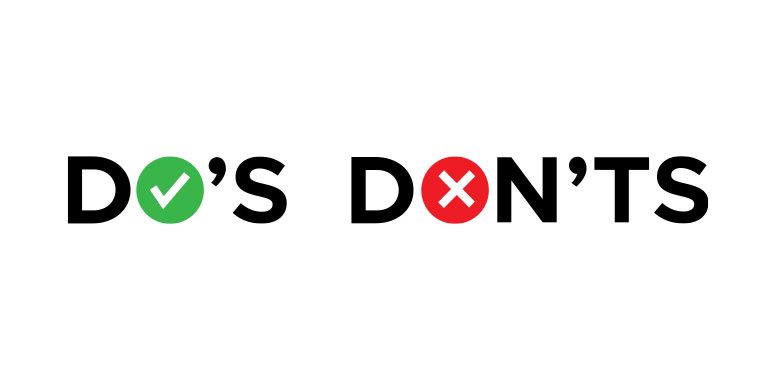Unlocking Project Amelia: Amazon’s Elite and Intelligent Assistant
In the fast-paced world of e-commerce, staying ahead of the competition often means embracing innovation—and Amazon sellers are no strangers to this reality. Whether you’re a seasoned seller or just starting out, the challenges of managing inventory, adjusting pricing, and keeping up with customer inquiries can be overwhelming. But what if there was a solution that could streamline these tasks and help you focus on growing your business? Enter Project Amelia, Amazon's latest AI-powered assistant designed specifically to support sellers like you.
With AI becoming more integrated into everyday business operations, Project Amelia is a significant leap toward automation that goes beyond just data analysis—it actively helps you manage your store. So, what exactly is Project Amelia, and how can it change the game for Amazon sellers? Let’s explore!
What is Amazon’s Project Amelia?
Project Amelia is Amazon’s new AI tool that’s about to change the game for sellers. Built on Amazon Bedrock, this powerhouse AI taps into the latest generative models and tools, making it the go-to for building and scaling AI-driven applications with ease. But that’s not all—Amelia blends a wide range of global knowledge with deep, specialized expertise in selling on Amazon, giving sellers smart, customized responses that are laser-focused on helping them succeed.
Just launched recently, sellers can turn to Amelia not only for answers to their questions but also for instant access to key business metrics and reports, all tailored to their individual needs. And this is just the beginning! As Amelia grows, it’s going to get even smarter, offering more personalized support, anticipating seller needs, and even handling tasks or solving problems without you having to lift a finger. Amazon is constantly refining her knowledge base to ensure she stays in tune with what matters most to sellers, so expect Amelia to be your go-to assistant, designed to make selling on Amazon smoother and more efficient than ever.
Imagine having a virtual assistant who can supply you with information based on real-time market trends, manage your inventory, and even solve issues for you. That’s what Project Amelia offers: a proactive, smart, and efficient solution to some of the most common challenges sellers face on Amazon.
How can sellers sign up for Project Amelia's beta?
Excited to dive into the future of AI-powered selling? Project Amelia is currently in beta and available to a select group of U.S. sellers, with more being added in the coming weeks. Amazon hasn’t released the exact steps for signing up just yet, but keep an eye on your Seller Central account for updates! You can also join in the chatter on Amazon’s seller forums to see how others are staying in the loop or maybe even snag some early access tips!
Are there any costs for using Project Amelia during the beta phase?
Nope! Project Amelia is absolutely free for the lucky sellers who get to try it out during the beta phase. Amazon is rolling it out to U.S. sellers without any fees attached (at least for now), so you can test the waters and see how Amelia can streamline your workflow without worrying about any extra costs.
Can Project Amelia tackle complex issues all on its own?
Amelia is designed to be your behind-the-scenes superstar! Right now, she’s great at diagnosing tricky issues and offering clear solutions, but she’s also learning as she goes. Over time, Amelia will get even smarter and might handle some tasks automatically, like sorting out inventory discrepancies or connecting you with support when needed. It’s all about helping you focus on what matters—growing your business!
What kind of support is available for sellers using Project Amelia?
With Project Amelia by your side, you’ve got a bunch of helpful tools at your fingertips:
Quick Answers: Got questions? Amelia’s got answers! You can ask her anything from best practices for holiday prep to improving your product listings, and she’ll pull accurate info from Seller Central or other trusted sources.
Business Updates in Real-Time: Curious about how your sales are doing? Just ask! Amelia gives you instant updates on your key metrics like sales, traffic, and more. She can even break it down by product so you can see what’s working best.
Action-Packed Help: Amelia isn’t just about answers—she’s about action, too! While she’s still learning, the goal is to have her help solve more complex issues, like investigating inventory problems or fast-tracking you to support when things go awry.
What kind of metrics can sellers access with Project Amelia?
Project Amelia offers a treasure trove of real-time metrics to help you make data-driven decisions, like:
Sales Data: Get a quick summary of recent sales and units sold to track your performance.
Customer Traffic Info: See how many customers are checking out your listings.
Website Traffic Comparisons: Compare your current traffic with past periods to spot trends.
Product-Specific Performance: Want details on individual items? Amelia’s got you covered with product-level insights on sales and customer behavior.
How does Project Amelia integrate with Seller Central?
Amelia is your all-in-one AI assistant, built right into Seller Central. Here’s why she’s a game changer:
Always Accessible: You can access Amelia from any page in Seller Central, so she’s always just a click away, ready to help.
Instant Answers: Ask Amelia anything, and she’ll fetch you summarized, reliable information fast. No more digging around!
Real-Time Metrics: Just ask how your business is doing, and Amelia will give you a snapshot of your sales, traffic, and more.
Problem Solver: Amelia is still evolving, but soon she’ll be able to handle complex tasks, from investigating issues to resolving them on your behalf.
Personalized Insights: The more you use it, the more Amelia learns about your business, offering increasingly tailored recommendations to keep you ahead of the game.
In short, Project Amelia is like having a supercharged, AI-powered assistant right inside Seller Central, helping you streamline your operations and make better decisions!


